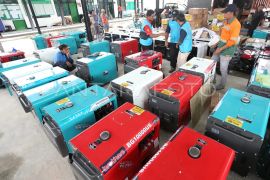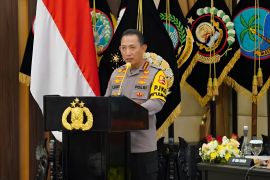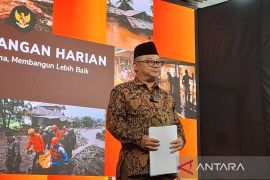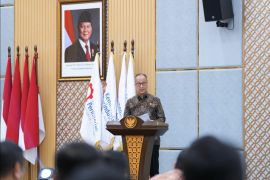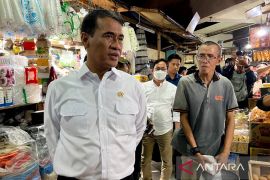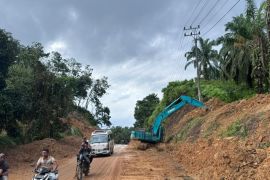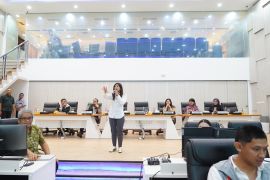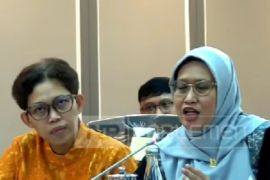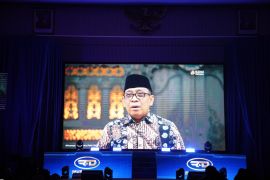LIPI researcher Yanni Sudiyani said production of second generation (G2) bioethanol uses raw material from lignocellulose waste such as farm, forestry or plantation waste which is found in abundance in the country.
Bioethanol of first generation (G1), which use carbo-hydrare as the basic material could not be developed as it fears to create competition with food and feed industry.
Yanni said the consortium would invite all concerned with accelerating the mass production of bioethanol under the government program of wider use of renewable energy.
The consortium plans to involve various related experts such as experts in pre-treatment technology and enzyme engineering, she said.
"We have to cooperate to bring to reality the application of the technology of producing bioethanol, which LIPI already begins to apply," she added.
She said she hoped the consortium could be formed to contribute to national development, adding the consortium would begin by providing the basic material, technology, test of performance and marketing.
Yanni said Indonesia could diversify sources of energy using lignocellulose waste. She cited empty fruit bunches of oil palm trees are easily available in the country that could be utilized in the production of renewable energy.
"If we use only 20 percent or 5.6 million tons of the waste (empty fruit bunches of oil palm trees) we could produce 104 million GJ equivalent to oil fuel requirement of 3 million cars a year," she said.
Earlier, Yanni said LIPI had produced 150 liters of ethanol of fuel grade 99.95 percent from 1,000 kilograms of empty fruit bunches of oil palm trees.
"From 1,000 kilograms of empty fruit bunches , we produces 150 liters of ethanol of fuel grade 99.95 percent," Yanni.
She said the use of bioethanol could contribute to reducing greenhouse gas emission .
Bioethanol as a renewable source of energy could be implemented in a blending with premium gasoline as an environmentally friendly fuel.
She said development of bio-fuel will gain greater importance in the future with the dwindling fossil fuel reserves.
Development of renewable energy is based on the Presidential Instruction No. 1 in 2006 on provision and utilization of bio-fuel such as bioetanol.
Reporting by Martha Herlinawati S
Editing by Albert Saragih, Andi Abdussalam
Reporter: Antara
Editor: Suharto
Copyright © ANTARA 2018


